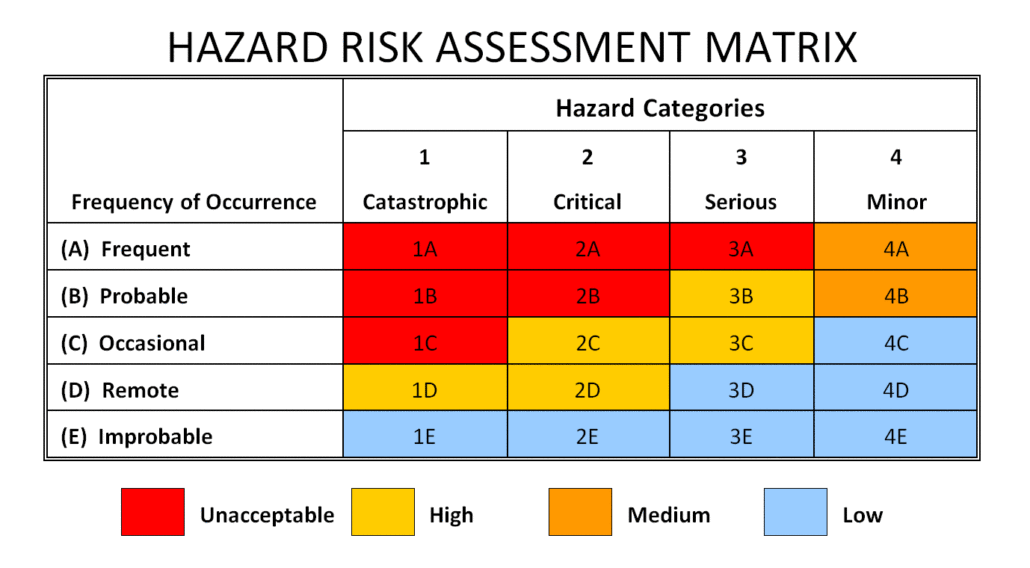2.0 – Hazard Assessments
Definitions
- HAZARD – means a thing or condition that may expose a person to an injury or occupational disease.
- CRITICAL TASK – means any work-related activity that has the potential to cause death or major injury to a worker, or has been identified and listed on the Hazard Assessment by the employer.
General
Anytime a hazard has been identified onsite by the site supervisor or designate, he/she will assess/determine if the hazard is considered to be a critical task.
Non-Critical Tasks
Anytime a non-critical task is identified onsite by the site supervisor or designate he/she will ensure any associated hazards are eliminated/controlled as follows:
| Eliminate the Hazard | Yes | Continue Work | ||
| No | Control the Hazard | Yes | Continue Work | |
| No | Stop Work |
Critical Tasks
Anytime a critical task is identified onsite, the site supervisor or designate will complete the Hazard Assessment and eliminate the hazard wherever practicable.
Anytime a critical task cannot be eliminated a severity assessment will be conducted.
Below is a list of critical tasks identified:
- Working at heights
- Crane lifts
- Rigging
- Lockout
- Confined space entry
- Aerial Work Platform (AWP)
- Lead
- Asbestos
- Silica
- Trenching & Shoring
- Working off scaffolding
- Heat/Cold Stress
Severity Assessment
The site supervisor or designate will select a safety control and/or OHS Regulation designed to reduce the severity of the hazard; upon selection a reassessment will be completed to determine if the control is acceptable according to the following criteria:
- X – Death or Major injury
- ü – Minor or No injury
Anytime the severity reassessment indicates the selected control and required worker training have reduced the severity to an acceptable level then the assessment is complete and work may begin/continue; if not the head office will be notified immediately and a risk assessment will be conducted prior to any work commencing.
Risk Assessment
The site supervisor or designate will prepare/select a written safe job procedure designed to reduce the risk of death or major injury occurring and have it approved by the employer and/or WorkSafeBC; upon identification of the control a reassessment will be completed to determine if the control is acceptable using the following criteria:
- X – Likely to Occur
- ü – Unlikely to Occur
Anytime the risk reassessment indicates the approved Safe Job Procedure and required worker training have reduced the risk to an acceptable level then the assessment is complete and work may begin/continue; if not the work will be suspended until more effective safeguards can be established.
Risk Matrix
The table below shows how to correctly determine the level of risk associated with each task. Simply, identify the possibly hazards & the potential for frequency that they may occur, and the table will calculate the level of risk.

Communication
Whenever the results of a Hazard Assessment are completed all workers potentially affected by the results will be notified in accordance with established company procedure. Documented proof must be available for review.
Records
All completed Hazard Assessments and Safe Job Procedures will remain in effect for the duration of the work activities, and will be:
- posted where practicable in the area where the work is being performed, or
- made readily available to all affected workers
Upon completion of the work activities all related forms will be filed/kept in the worksite filing system.
